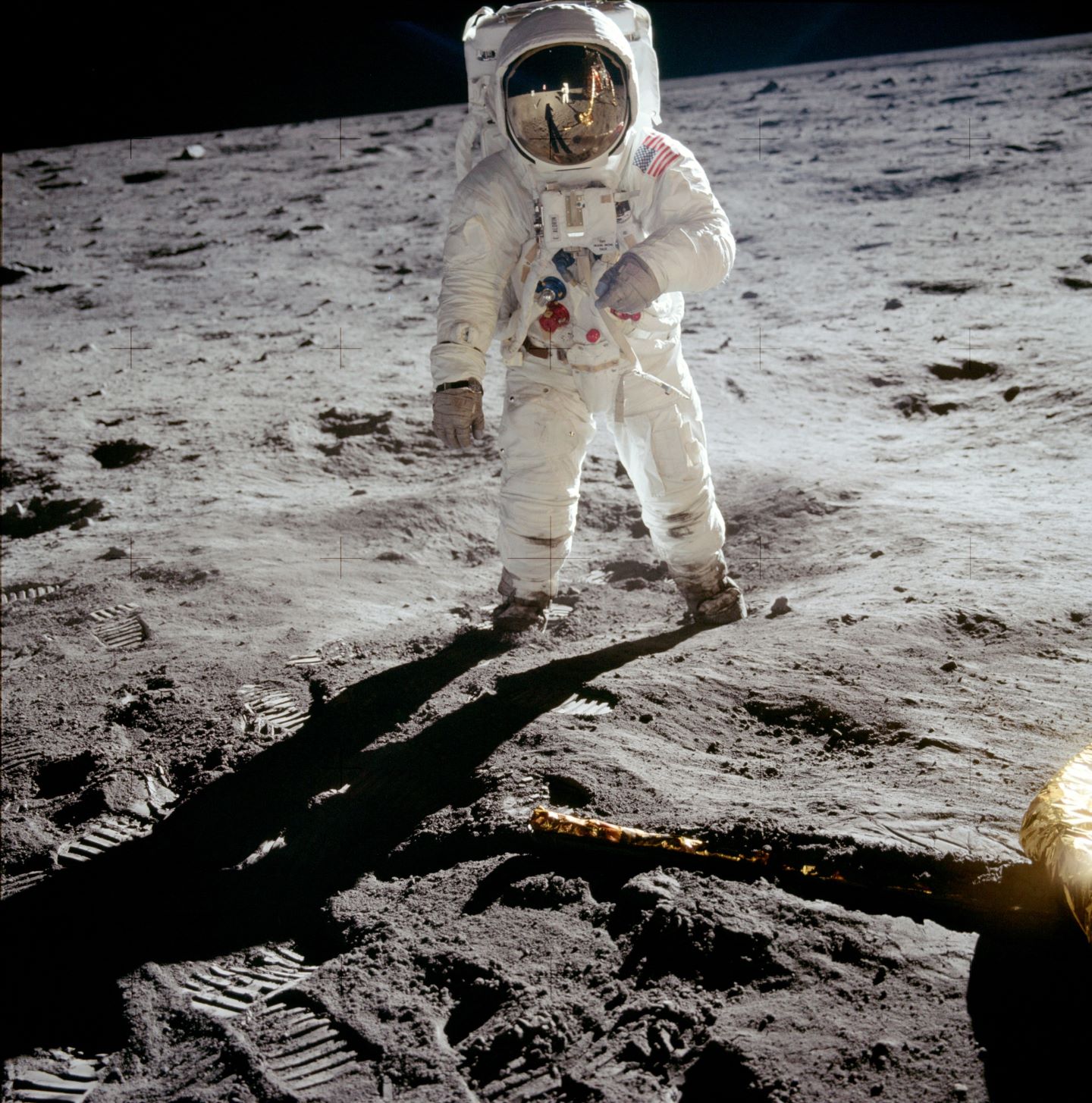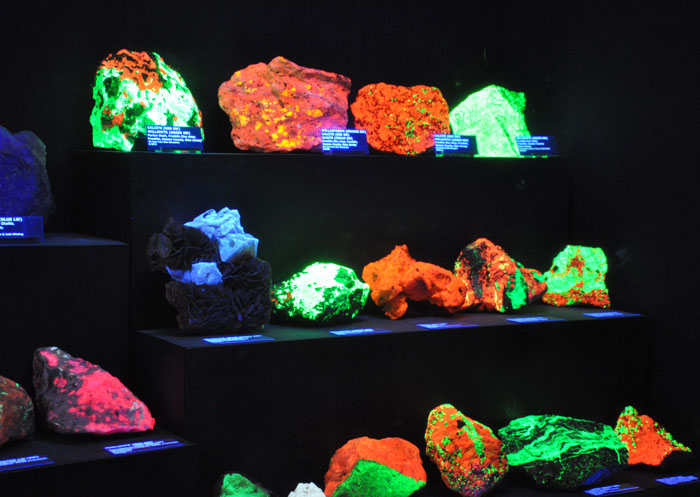EXHIBITIONS
The Rice is home to fascinating and beautiful galleries and displays that showcase the beauty and variety of geologic wonders, such as Northwest thundereggs, agate, jasper, sunstones, and a vast collection of rocks and minerals from around the world.
SPECIAL EXHIBITIONS
Destination Moon
On July 24, 1969, Apollo 11 met President John F. Kennedy’s 1961 challenge of “landing a man on the Moon and returning him safely to the Earth.” The poster exhibition, Destination Moon: The Apollo 11 Mission, explores what led the United States to accept this challenge and how the resulting 953,054-mile voyage to the Moon and back was accomplished just eight years after the program was authorized. Destination Moon examines the mission and recognizes the sacrifices and devotion of more than 400,000 people employed in NASA programs who worked through the trials, tragedies and triumphs of the 20 missions from 1961 to 1969 before Apollo 11.
Fifty years later, the Apollo program remains the benchmark for great national achievement. When Apollo 11 landed on the Moon and humans first set foot on another celestial body, it gave humanity a new perspective from which to view ourselves.
Destination Moon: The Apollo 11 Mission Poster Exhibition is based on a traveling exhibition of the same name, developed by the National Air and Space Museum and the Smithsonian Institution Traveling Exhibition Service. The exhibition is made possible by the support of Jeff and MacKenzie Bezos, Joe Clark, Bruce R. McCaw Family Foundation, the Charles and Lisa Simonyi Fund for Arts and Sciences, John and Susann Norton, and Gregory D. and Jennifer Walston Johnson.

ALWAYS ON VIEW
Main Gallery
The Museum’s main gallery, located on the lower level, contains one of the world’s finest collections of crystals. Over 4,000 individual specimens are on view from a working collection of over 20,000. See the famous Alma Rose rhodochrosite from Colorado, and rare and unusual minerals such as benitoite, paravauxite, legrandite, papagoite, and many others.
Dennis & Mary Murphy Gallery
The petrified wood collection on display contains over 460 worldwide specimens collected by Dennis and Mary Murphy over 40 years. The variety of colors, species, and localities make this among the nation’s finest. On view are cross-cut slices, full rounds, and tall tree trunks of petrified wood.
Northwest Gallery
Visit the Rudy Tschernich Northwest Mineral Gallery, where the Pacific Northwest mineral heritage is preserved. The gallery features the Tschernich zeolite collection, a large section of thundereggs (Oregon’s State Rock), and sunstones (Oregon’s State Gemstone). Enjoy the best from the Northwest, including the largest “opal-filled” thunderegg in the world.

Rainbow Gallery
Our Rainbow Gallery is filled with natural minerals that emit brilliant colors when energized with ultraviolet black light. This gallery is always one of the favorite sights to see at the museum. Watch as both shortwave and longwave fluorescent lighting is used to reveal bright, beautiful colors demonstrating that raw minerals can look normal in daylight and have a magical glow underneath UV light.

